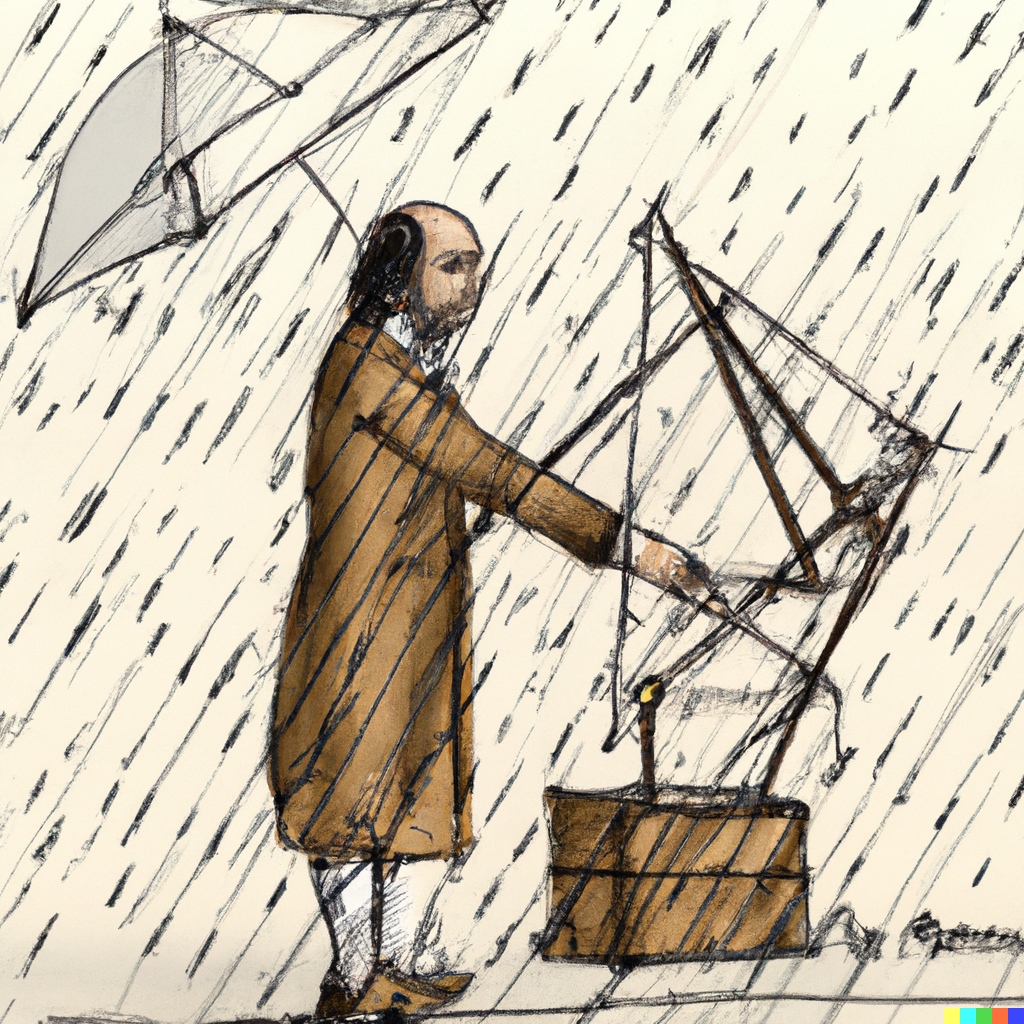
It all started when Juan Baigorri Velar was testing a custom made device to detect minerals by analyzing magnetic waves. Whenever he turned the device on, an inexplicable drizzle appeared.
He enhanced and tuned the machine and offered his rain making services for dry zones in Argentina like Santiago del Estero and San Juan, with a high success rate according to the newspapers.
Then, his popularity slowly faded away and the machine was never found.
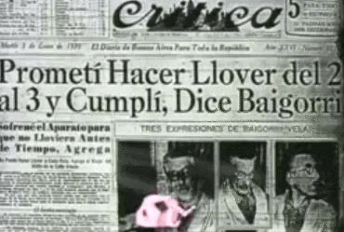
Was this machine a hoax? Is the attempt to induce rain artificially (pluviculture) even possible?
For Q1: who knows For Q2: yes it is.
In Civil War times, after gunpowder battles, rain was very likely to happen. Some scientists took note and tried to induce rain using different methods. Charles Mallory Hatfield, a US inventor, for example, mixed 23 secret chemicals in large galvanized evaporating tanks. Juan Baigorri Velar used chemicals, radioactive substances and electromagnetism.
Even when Hatfield and Baigorry Velar had black boxes (chemicals and radioactive details were secret in both cases), in the book Baigorri Hacía Llover, I learned some hints and technical details and I decided to create a version of his rain making machine just as a playful tribute, without any expectation to produce a single drop.
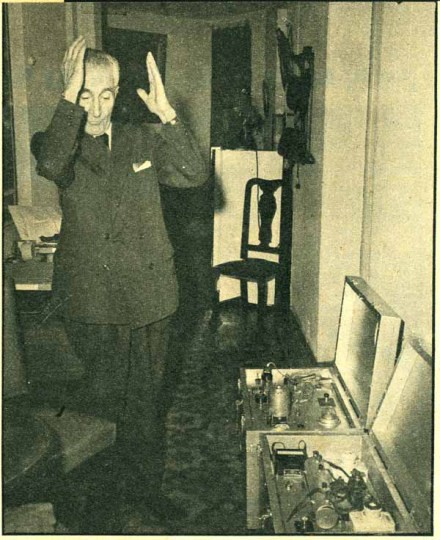
Baigorri Velar details
The following quotes were extracted from press interviews
“The machine needs an antenna to get atmospheric waves. These waves influence chemical and radioactive substances. Then, a selection is made, leaving the <<creole wave>> separate from others. And an atmospheric compression is made. The device should work approximately 50 hours to get rain”
“While I was using a radiomagnetic device searching for petroleum or water, an unknown wave was found that I started to call creole wave. It is an electromagnetic wave that goes from north to south”
“I could not tell you more than there is a combination of 5 radioactive metals fortified in his action by chemical substances”
So atmospheric waves acting over a secret mix of radioactive metals and chemicals... There was also electromagnetism and an antenna.
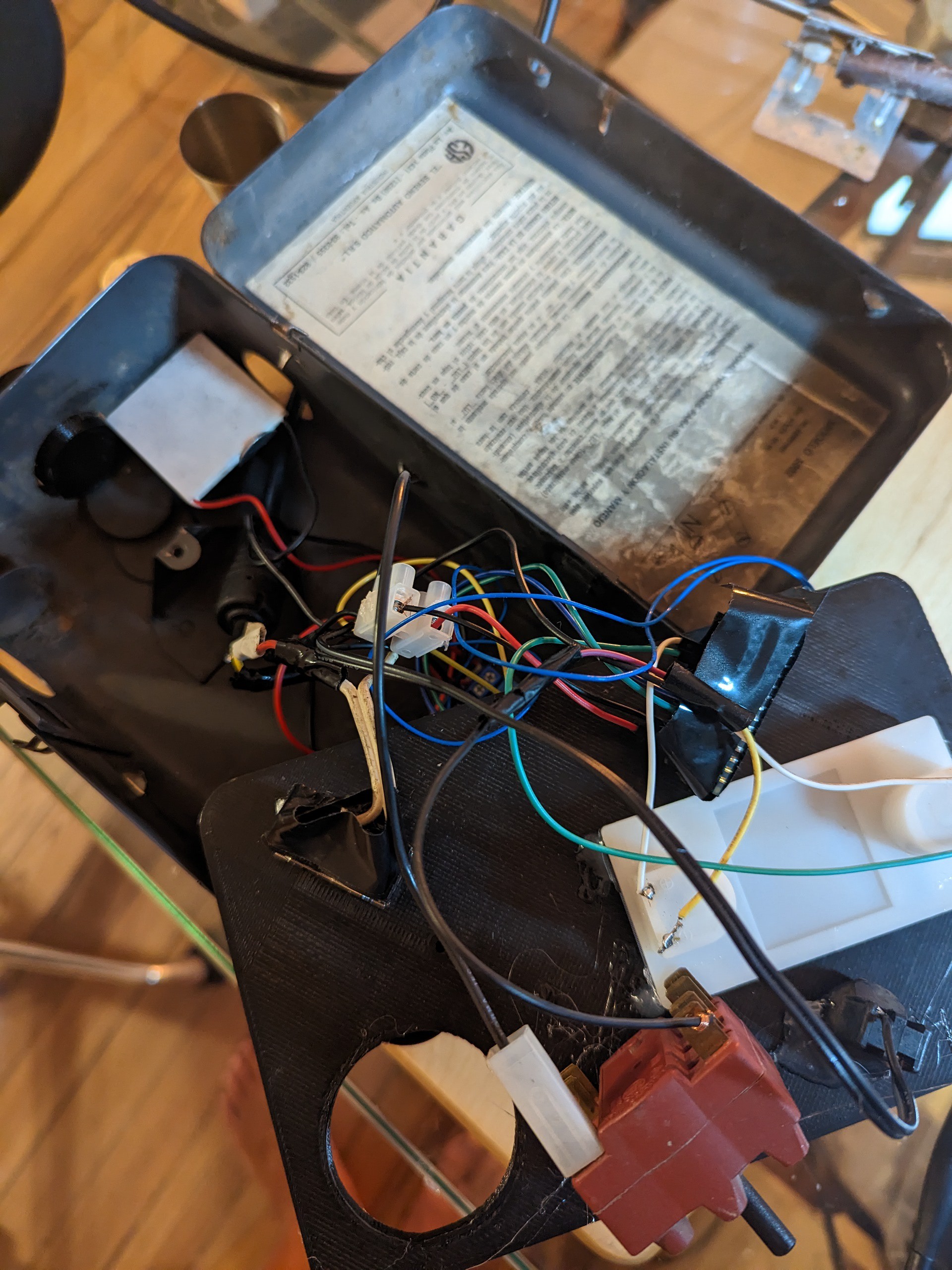
In this version, an Arduino Nano BLE 33 Sense is used due to the onboard LPS22HB barometer. With the barometer, we can analyze atmospheric waves like pressure drops. Then a 2 channel relay controls both a 5V 30kg electromagnet and a 12V 60 watts Peltier Cell. A Peltier cell is an electrothermal device that allows to generate heat from electrical current. A small stainless steel cup over the Peltier cell holds chemicals to be heated for evaporation.
The machine also has a 2 channel vumeter to display pressure and a simple rain forecast based on 60 pressure readings, one per minute.
What else? An antenna connected to the electromagnet (the antenna in the original design, was allegedly used to power the machine) a filament bulb for on/off indicator, a toggle switch and a selector, all inside a great looking vintage enclosure made in Argentina from a timer.
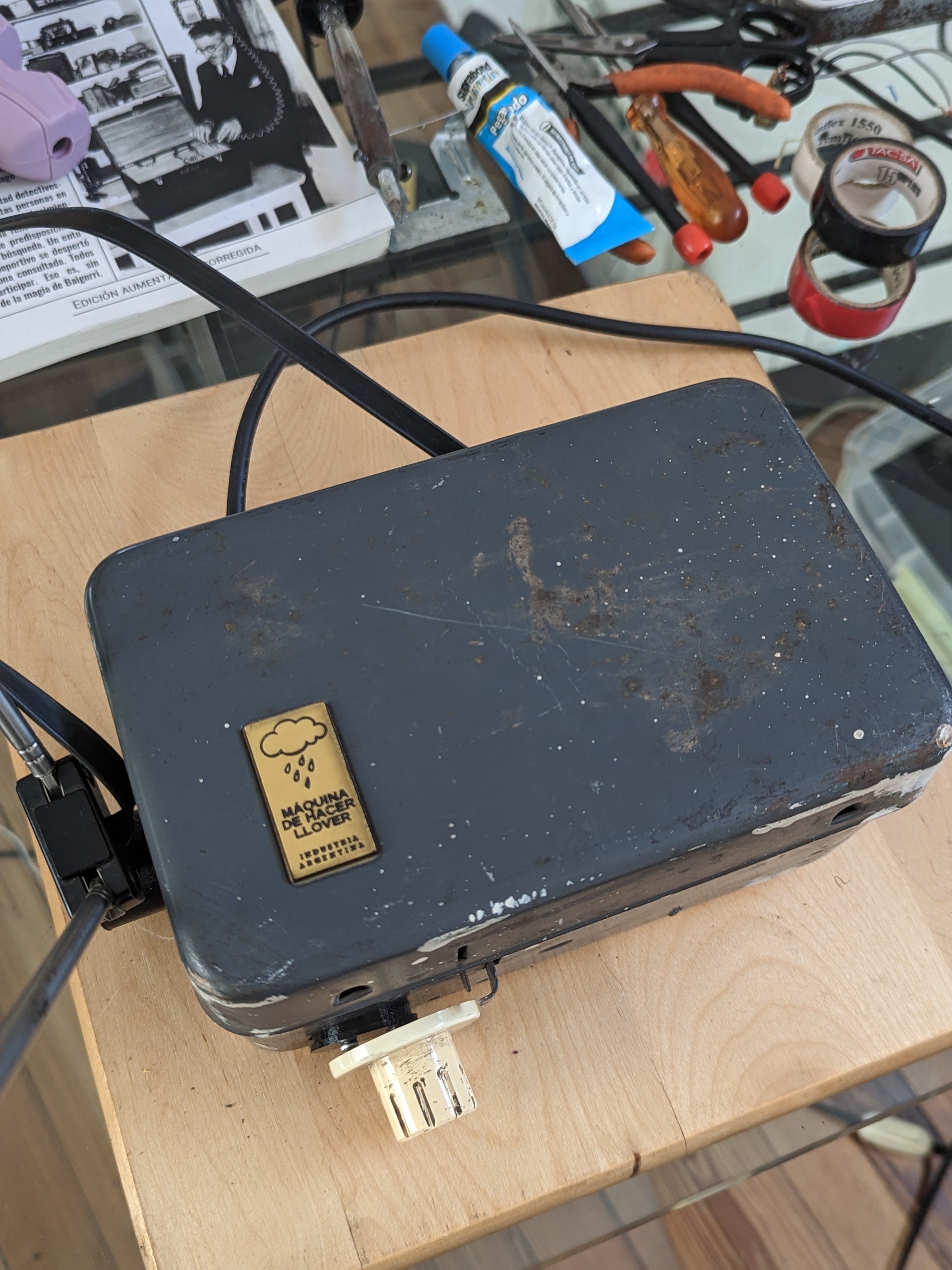
Chemicals and radioactive materials
What about the chemical radioactive mix? It was a secret. "Yo tengo el secreto y el secreto está en mí" (I have the secret and the secret is in me) said Baigorri Velar.
The mix could be viewed as a variable machine input, so for my testings I did not use radioactive materials for obvious reasons but I did prepare a mix of charcoal 30% and phosphorus 70%, mainly for availability (standard components for Argentine asado grill) and kind of close to a gunpowder formula.
Parts
- Arduino Nano BLE 33 sense with on board barometric sensor
- 12v 60 watts Peltier Cell
- Electromagnet
- 2 x channel relay module1 Toggle switch
- 1 Rotary Switch
- 2 analog vumeters
- 1 5v lightbulb
- 12v Power Supply
- 5v Power Supply
Circuit
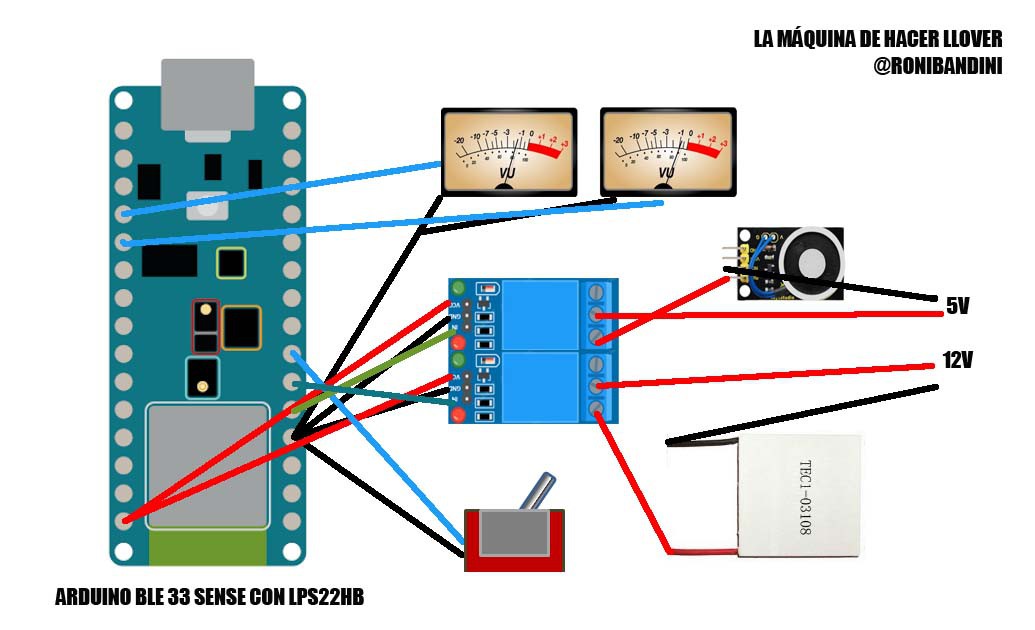
Final notes
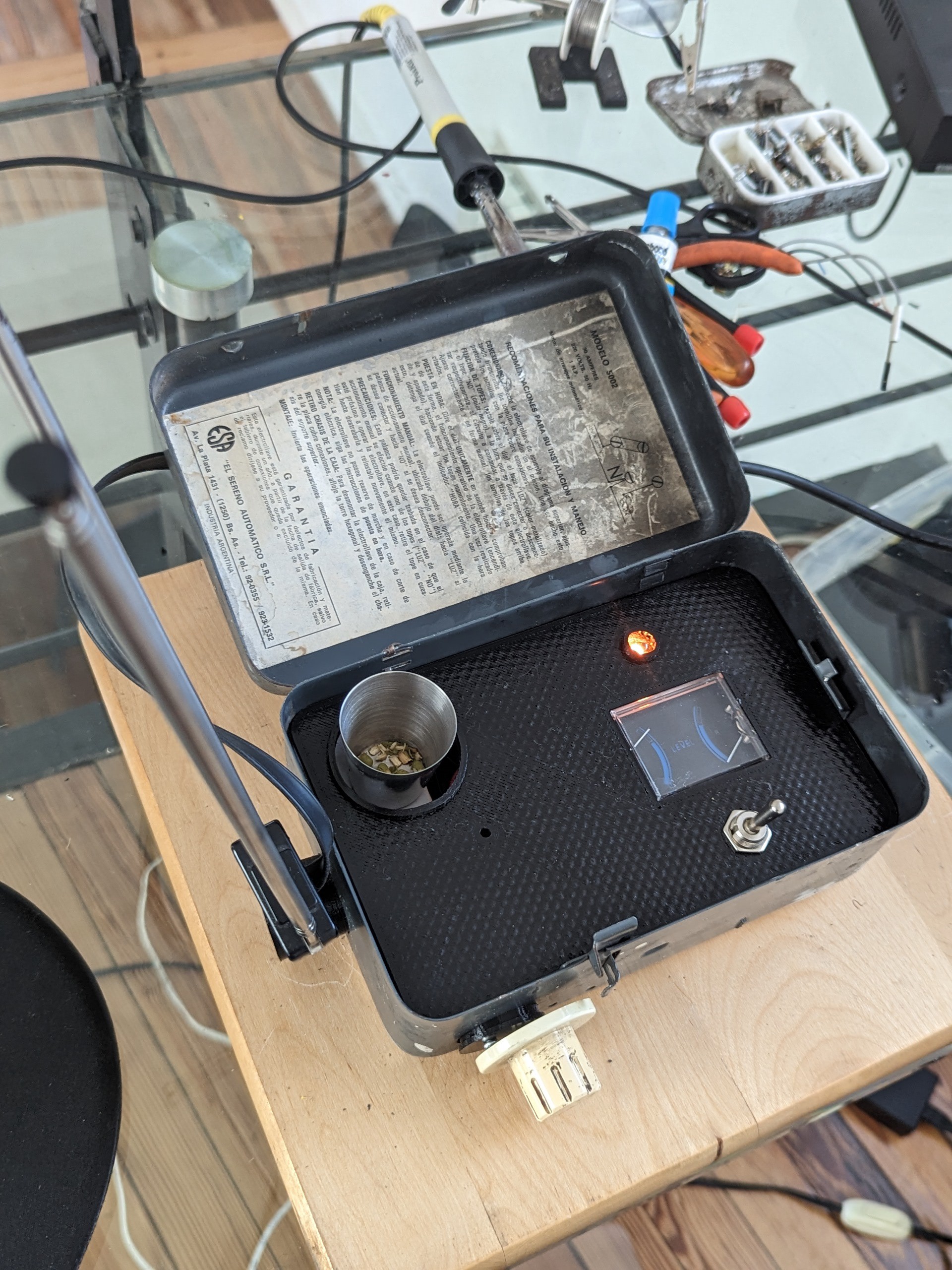
Could this rain making machine work with the correct combination of chemicals,radioactive materials,...
Read more » Roni Bandini
Roni Bandini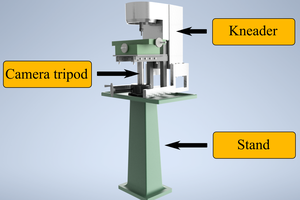
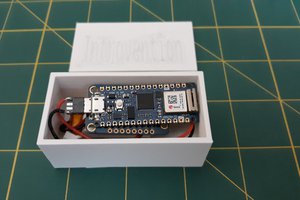
 Nick Bild
Nick Bild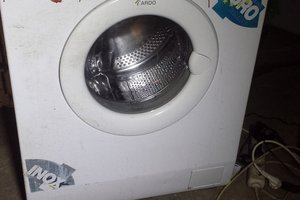
 Jakub Laník
Jakub Laník